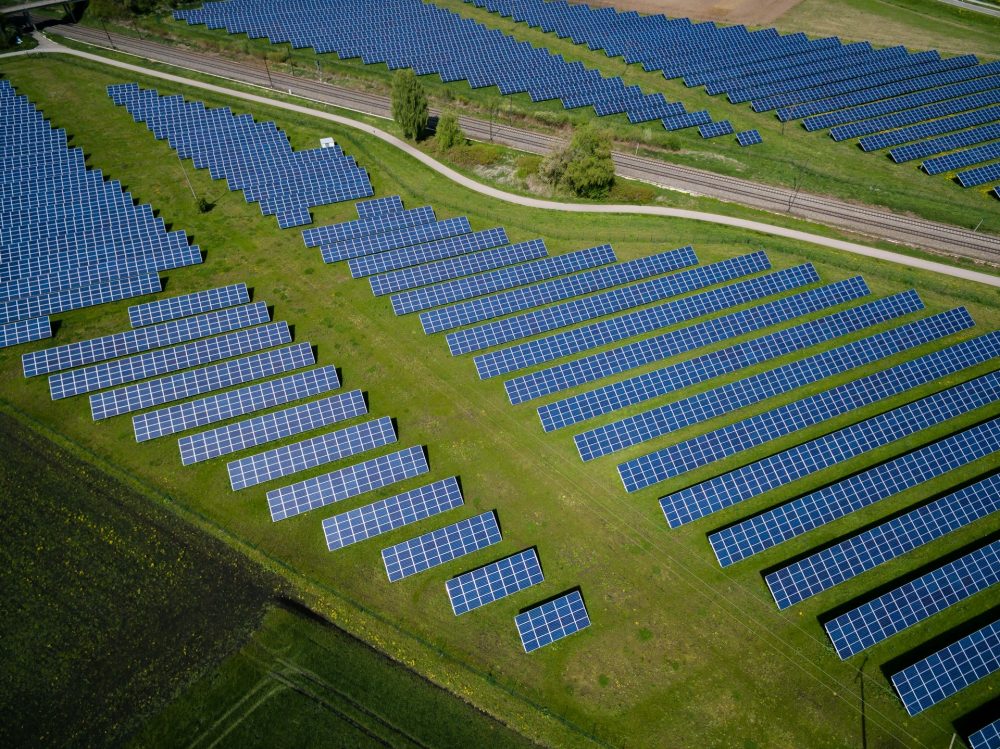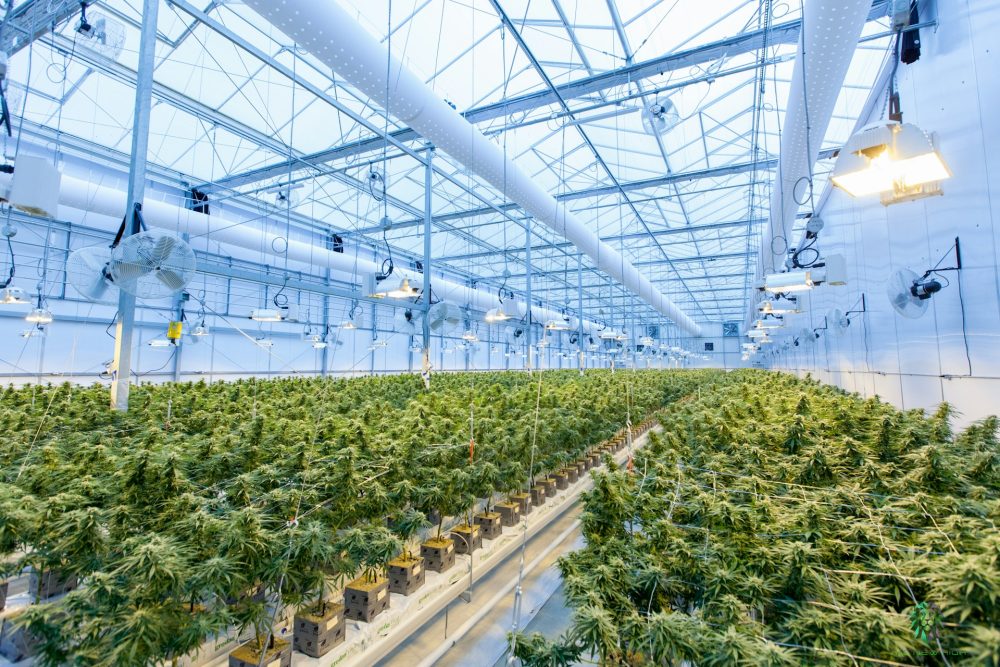Impact Investing
Global Energy Shift: Record $2.2 Trillion Invested in Green Transition in 2024
In 2024, global energy transition investments hit a record $2.2 trillion—double that of fossil fuels—driven by electrification, technology, and energy security. China led with $630 billion, while the U.S. and Europe followed. Electricity investments surpassed fossil fuels, with strong demand from industry and AI. Green technologies are now seen as inevitable and dominant.

In its latest report on global energy investments published in early June, the International Energy Agency (IEA) announced that a record $2.2 trillion has been invested in the energy transition in 2024 (including renewables, nuclear, networks, storage, biofuels), or double the investments reserved for fossil fuels (oil, gas, coal).
While the rapid growth in energy transition investments over the past five years has been driven by post-pandemic recovery plans, other factors have now taken over, such as technology, reindustrialization in developed countries, or the need to ensure energy security.
The electrification momentum of the economy is expected to continue in the coming years, continuing to fuel significant energy demand, and we remain convinced that green technologies are now inevitable and will be the ones to benefit most.
The importance of geopolitical factors
The IEA notes that about 70% of the increase in investments in the energy transition comes from the main net importers of fossil fuels: at the forefront is China, which has set itself ambitious goals with the desire to become a world leader in green technologies.
For its part, Europe has significantly accelerated not only its investments in renewable sources but also its energy efficiency gains, faced with Russia’s invasion of Ukraine and the interruption of gas imports. The United States, on the other hand, contributes about 20% of the increase in investments, thanks to infrastructure plans and the IRA (at this point the consequences of a U-turn by the Trump administration are not yet felt) and the desire to counter China in its dominance in the green technology sector.
Strong dynamics in electricity demand
Ten years ago, investments in fossil fuel supply were 30% higher than those in electricity generation, networks and storage. Today, the roles have reversed: investments in electricity will reach $1.5 trillion in 2024, or about 50% more than the total amount spent to bring oil, natural gas and coal to market.
The majority of these investments, $800 billion, are related to the electrification of uses, leading to a strong increase in demand from industry, cooling, electric mobility, data centers and artificial intelligence. In parallel, investments in electricity networks and storage accounted for $390 billion and $66 billion respectively in 2024. Finally, investments in nuclear are back in vogue, with about $70 billion spent in 2024, bringing the increase to over 50% in the last five years.
China Strengthens Technological Leadership in Energy Transition
In 2024, China confirmed its leading position in the energy transition, with around $630 billion invested, or almost 30% of the total, surpassing the United States and Europe, both with investments of around $500 billion.
China, which dominates the solar, storage and electric mobility value chains, also has two of the leading groups in energy R&D spending: battery maker CATL and carmaker BYD. The U.S. backtracking on policies to support green technologies risks amplifying China’s dominance, although the expected strong growth of data centers and artificial intelligence should lead to a surplus of investments in clean energy generation capacity, networks and storage by 2030.
__
(Featured image by Andreas Gücklhorn via Unsplash)
DISCLAIMER: This article was written by a third party contributor and does not reflect the opinion of Born2Invest, its management, staff or its associates. Please review our disclaimer for more information.
This article may include forward-looking statements. These forward-looking statements generally are identified by the words “believe,” “project,” “estimate,” “become,” “plan,” “will,” and similar expressions. These forward-looking statements involve known and unknown risks as well as uncertainties, including those discussed in the following cautionary statements and elsewhere in this article and on this site. Although the Company may believe that its expectations are based on reasonable assumptions, the actual results that the Company may achieve may differ materially from any forward-looking statements, which reflect the opinions of the management of the Company only as of the date hereof. Additionally, please make sure to read these important disclosures.
First published in ESG NEWS. A third-party contributor translated and adapted the article from the original. In case of discrepancy, the original will prevail.
Although we made reasonable efforts to provide accurate translations, some parts may be incorrect. Born2Invest assumes no responsibility for errors, omissions or ambiguities in the translations provided on this website. Any person or entity relying on translated content does so at their own risk. Born2Invest is not responsible for losses caused by such reliance on the accuracy or reliability of translated information. If you wish to report an error or inaccuracy in the translation, we encourage you to contact us.

-

 Crypto5 days ago
Crypto5 days agoEuropean Selling Drives Bitcoin’s November Slump
-

 Africa2 weeks ago
Africa2 weeks agoMoroccan Bond Market Enters Gradual Normalization as Liquidity Eases and Yields Rise
-

 Cannabis2 days ago
Cannabis2 days agoRemexian Wins Legal Battles Amid German Cannabis Licensing Dispute
-

 Crypto1 week ago
Crypto1 week agoAnalysts Warn Bitcoin’s Rally May Fade as MicroStrategy Signals Caution and Liquidity Weakens
















